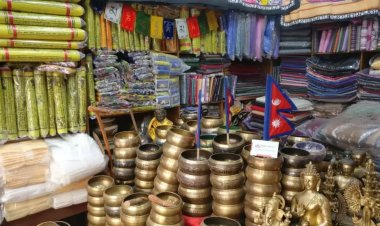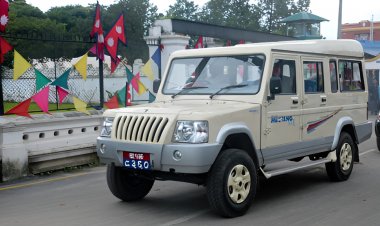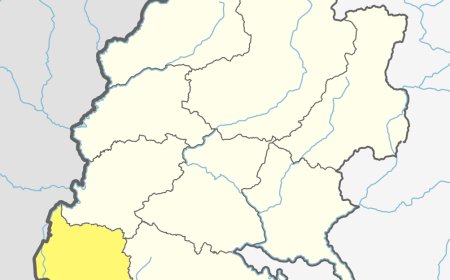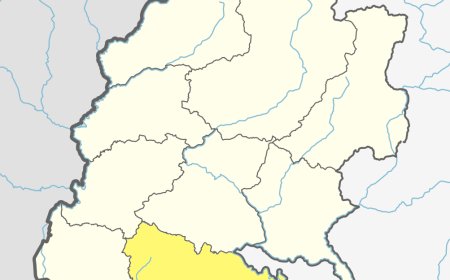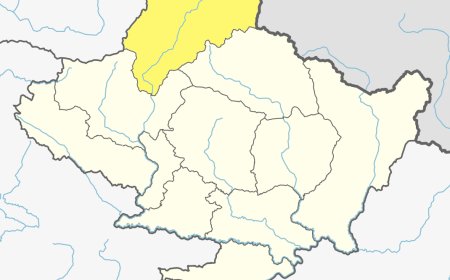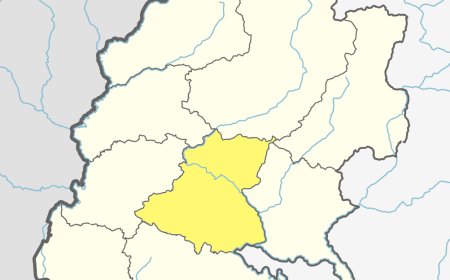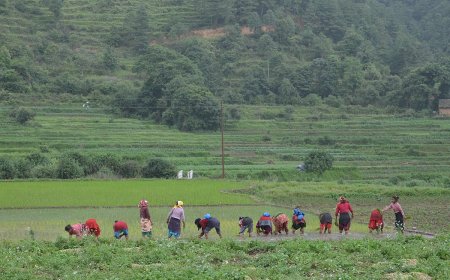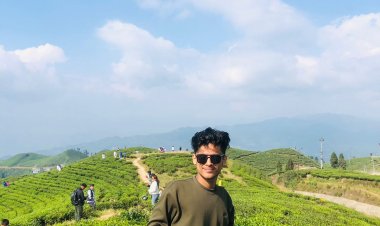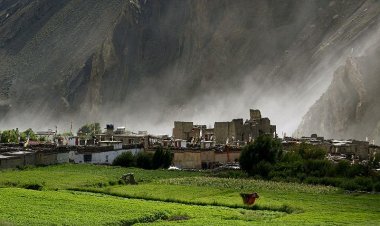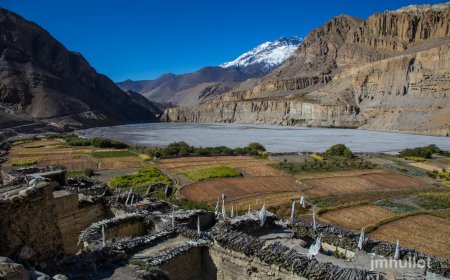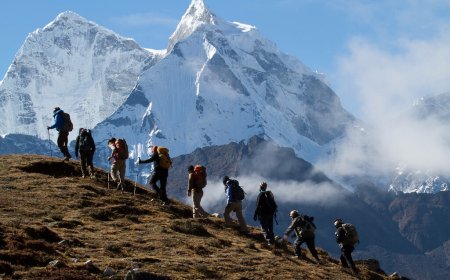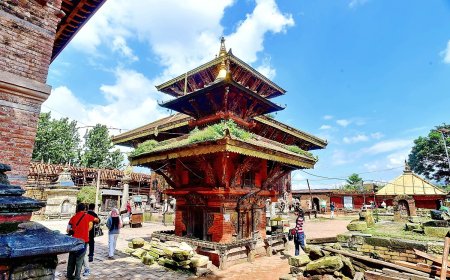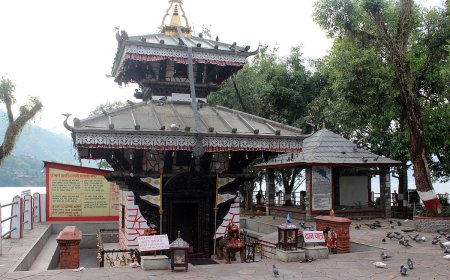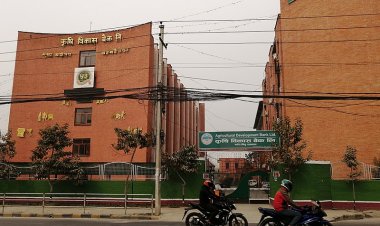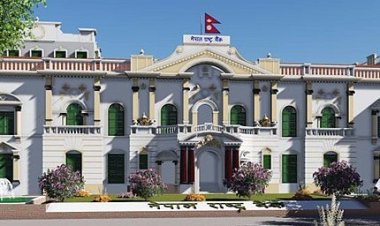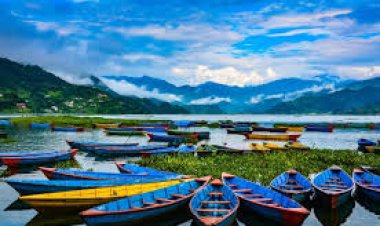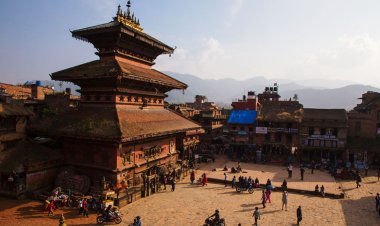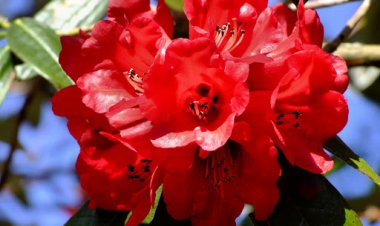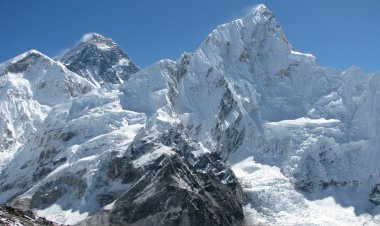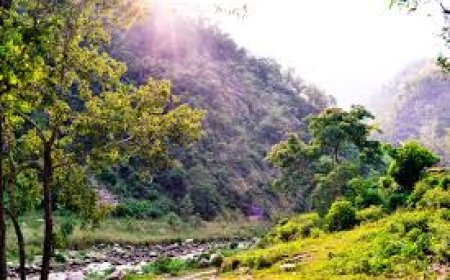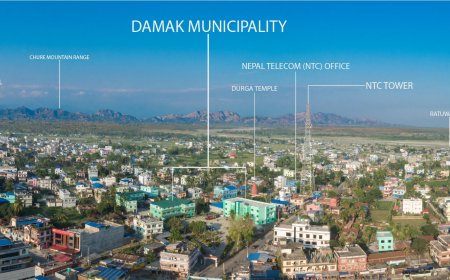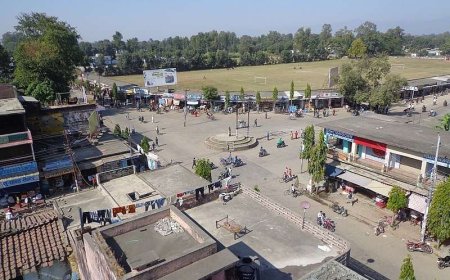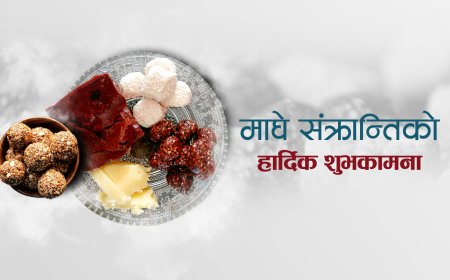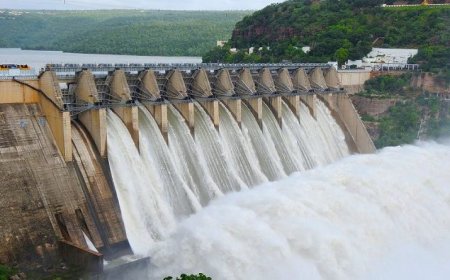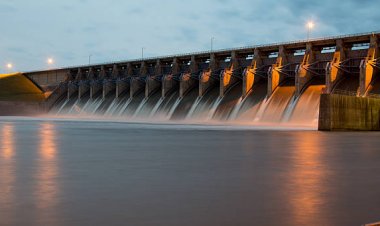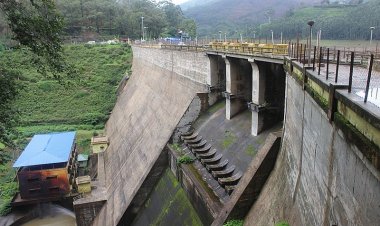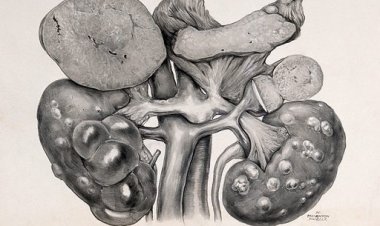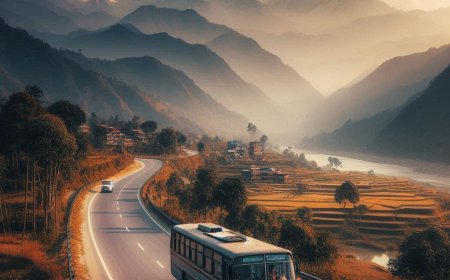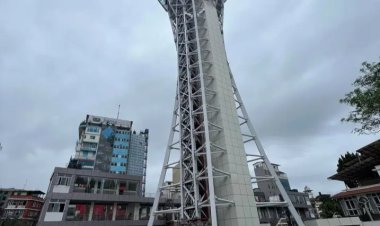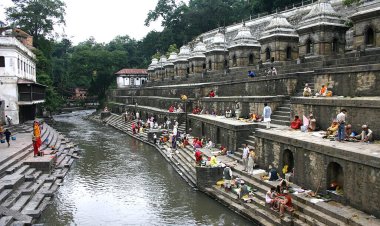Doti: Explore Nepal’s Cultural and Natural Wonders
Let’s explore Doti for its cultural heritage, hills, and peaceful lifestyle, a unique destination in Nepal’s Sudurpaschim Province.
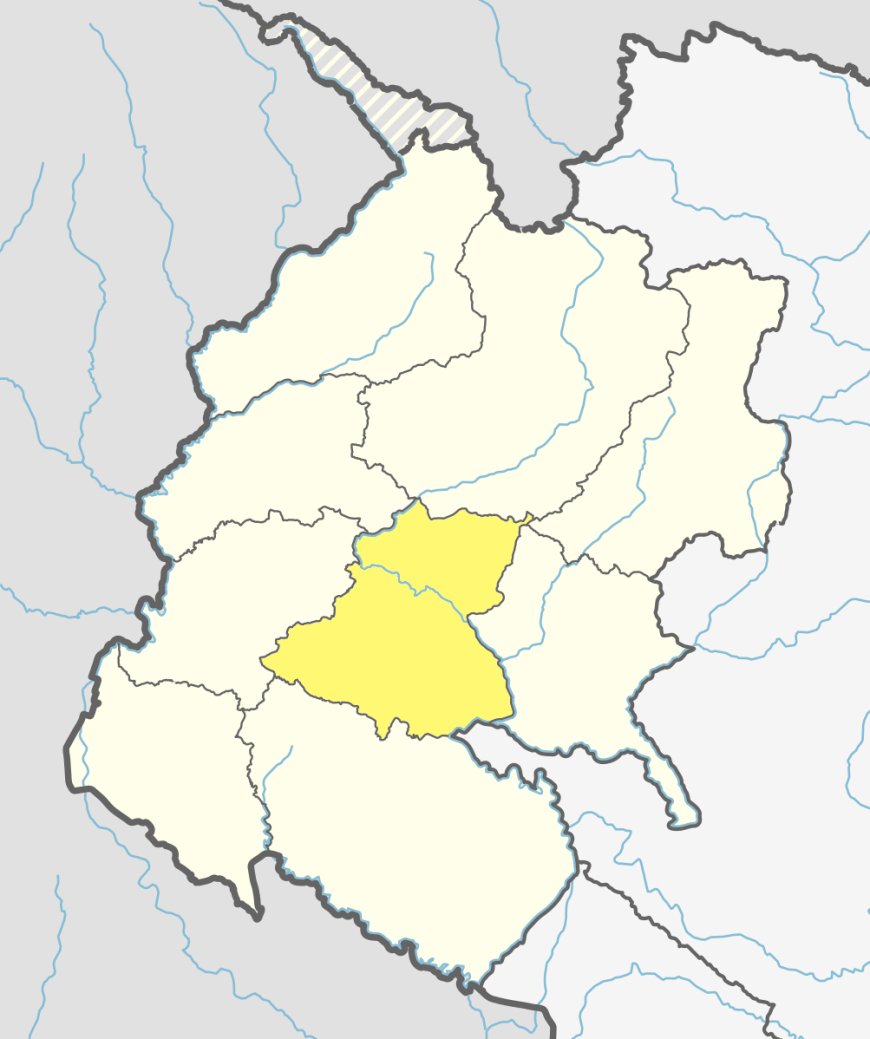
Introduction

Doti is a fascinating district located in the Sudurpaschim Province of western Nepal, renowned for its natural splendor, rich cultural heritage, and historical significance. Located in the rolling hills and lush green valleys, this district serves as a gateway to the Far-Western region’s beauty and traditions. The district, with its headquarters in Dipayal Silgadhi, is an excellent destination for history enthusiasts, trekkers, and those seeking an authentic experience of Nepal’s rural charm. With ancient temples, traditional villages, and scenic landscapes, this district offers a unique blend of tranquility and cultural vibrancy.
Geographical Overview
Covering an area of 2,025 square kilometers, this district has a diverse topography, ranging from low river valleys to lofty hills. The district’s elevation varies between 305 meters to 2,423 meters, which contributes to its climatic variety and biodiversity. Rivers such as Seti, Karnali, and Chameliya traverse the region, enriching the land and providing resources for irrigation and hydroelectricity.
The district’s moderate climate, characterized by warm summers and cool winters, makes it a year-round destination. The lush forests and rolling hills of this district are home to various flora and fauna, showcasing the district’s ecological richness.
Table: Geographical Features
|
Feature |
Data |
|
Total Area (sq. km) |
2,025 |
|
Altitude Range (m) |
305–2,423 |
|
Major Rivers |
Seti, Karnali, Chameliya |
|
Climatic Conditions |
Moderate |
Demographics
This district is home to a population of approximately 211,000 people, representing a mosaic of ethnic groups and communities. The majority are Chhetri and Brahmin, followed by Dalit and Janajati communities. Nepali is the most widely spoken language, but local dialects like Dotyali and Kumaoni add to the district’s linguistic diversity. The harmonious coexistence of various cultures reflects the district’s inclusive and vibrant social fabric.
Table: Ethnic Composition
|
Ethnic Group |
Percentage (%) |
|
Chhetri |
50% |
|
Brahmin |
20% |
|
Dalit |
15% |
|
Janajati |
15% |
Cultural and Historical Significance
This district is steeped in history, believed to be part of the ancient Katyuri Kingdom. The district has preserved its cultural identity through traditional festivals, rituals, and architecture. Dashain and Tihar are widely celebrated, but local festivals like Gaura Parva hold special significance in the region. During Gaura Parva, devotees honor Goddess Gauri with elaborate rituals and traditional dances.
The district is also known for its historical sites, such as the Silgadhi Fort and Khaptad Baba Ashram, which offer glimpses into its rich past. Ancient temples like Shaileshwari Temple and Tripurasundari Temple are not only spiritual landmarks but also architectural marvels.
Table: Key Festivals
|
Festival |
Month |
Significance |
|
Dashain |
October |
Hindu festival of victory |
|
Tihar |
November |
Festival of lights |
|
Gaura Parva |
August |
Worship of Goddess Gauri |
|
Holi |
March |
Festival of colors |
Major Attractions and Activities
This district’s captivating landscapes and cultural heritage make it an emerging tourist destination. The Khaptad National Park, shared with neighboring districts, is a highlight, offering serene trekking trails, rich biodiversity, and spiritual retreats at the Khaptad Baba Ashram. Shaileshwari Temple in Silgadhi is another major attraction, drawing pilgrims and visitors alike with its historical and religious importance.
The Seti River provides opportunities for white-water rafting and fishing, while the rolling hills and verdant forests are ideal for trekking, bird watching, and nature photography. Visitors can also explore traditional villages and markets to experience the local lifestyle and crafts.
Table: Major Attractions
|
Attraction |
Location |
Highlight |
|
Khaptad National Park |
Eastern Part |
Trekking, biodiversity, Khaptad Baba Ashram |
|
Shaileshwari Temple |
Silgadhi |
Historical and religious significance |
|
Silgadhi Bazaar |
Silgadhi |
Traditional market for local products |
|
Seti River |
Central Part |
White-water rafting, scenic beauty |
Economic Overview
Agriculture is the backbone of this district’s economy, with crops like rice, wheat, maize, and millet dominating the agricultural landscape. Recently, ginger and turmeric have emerged as high-value cash crops, contributing to the district’s income. Livestock farming also plays a significant role in the rural economy.
Tourism is a growing sector, fueled by attractions like Khaptad National Park and Shaileshwari Temple. Traditional crafts such as bamboo weaving and wool production add economic value while preserving cultural heritage.
Table: Economic Highlights
|
Sector |
Contribution |
|
Agriculture |
Rice, wheat, maize, millet, ginger, turmeric |
|
Tourism |
Khaptad trekking, Shaileshwari Temple |
|
Traditional Crafts |
Bamboo weaving, wool production |
Conclusion
Doti is a district where natural beauty, cultural richness, and historical significance converge. Its beautiful landscapes, ancient temples, and vibrant traditions create an enchanting destination for travelers. From the spiritual serenity of Shaileshwari Temple to the ecological wonders of Khaptad National Park, this district promises a memorable experience for everyone. Whether you’re an adventurer seeking rugged trails or a pilgrim in search of spiritual solace, this district offers something unique. Its untapped potential and warm hospitality ensure that this district will leave a lasting impression on all who visit.
Frequently Asked Questions (FAQs)
1. Where is Doti located?
Doti is situated in the Sudurpashchim Province of western Nepal.
2. What is Doti famous for?
The district is known for Khaptad National Park, Shaileshwari Temple, and its vibrant cultural heritage.
3. Which rivers flow through Doti?
The Seti, Karnali, and Chameliya rivers are the major rivers in Doti.
4. What is the dominant ethnic group in Doti?
Chhetri is the largest ethnic group in the district.
5. What are the major crops grown in Doti?
Rice, wheat, maize, millet, ginger, and turmeric are the primary crops.
6. What is the best time to visit Doti?
Spring (March to May) and autumn (September to November) are the best seasons to visit Doti.
7. What cultural festival is unique to Doti?
Gaura Parva, dedicated to Goddess Gauri, is a unique festival celebrated in Doti.
8. What makes Khaptad National Park special?
Khaptad National Park offers serene trekking trails, rich biodiversity, and spiritual retreats.
9. What is the significance of Shaileshwari Temple?
Shaileshwari Temple is a historical and religious site, revered by pilgrims across Nepal.
What's Your Reaction?
































